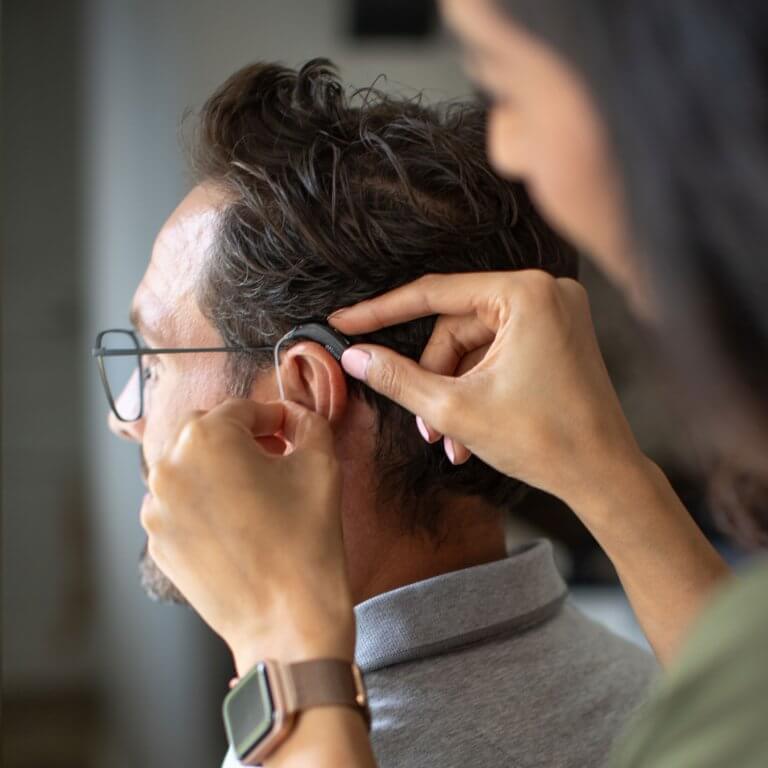Hearing aids come in a variety of shapes and sizes, with one primary function: to enhance your hearing ability. That’s why it’s crucial your hearing aids are fitted and programmed to ensure they offer you the best possible level of support. If your hearing aids do not fit properly, you are less likely to use them, potentially leading to a decline in your hearing function over time.



